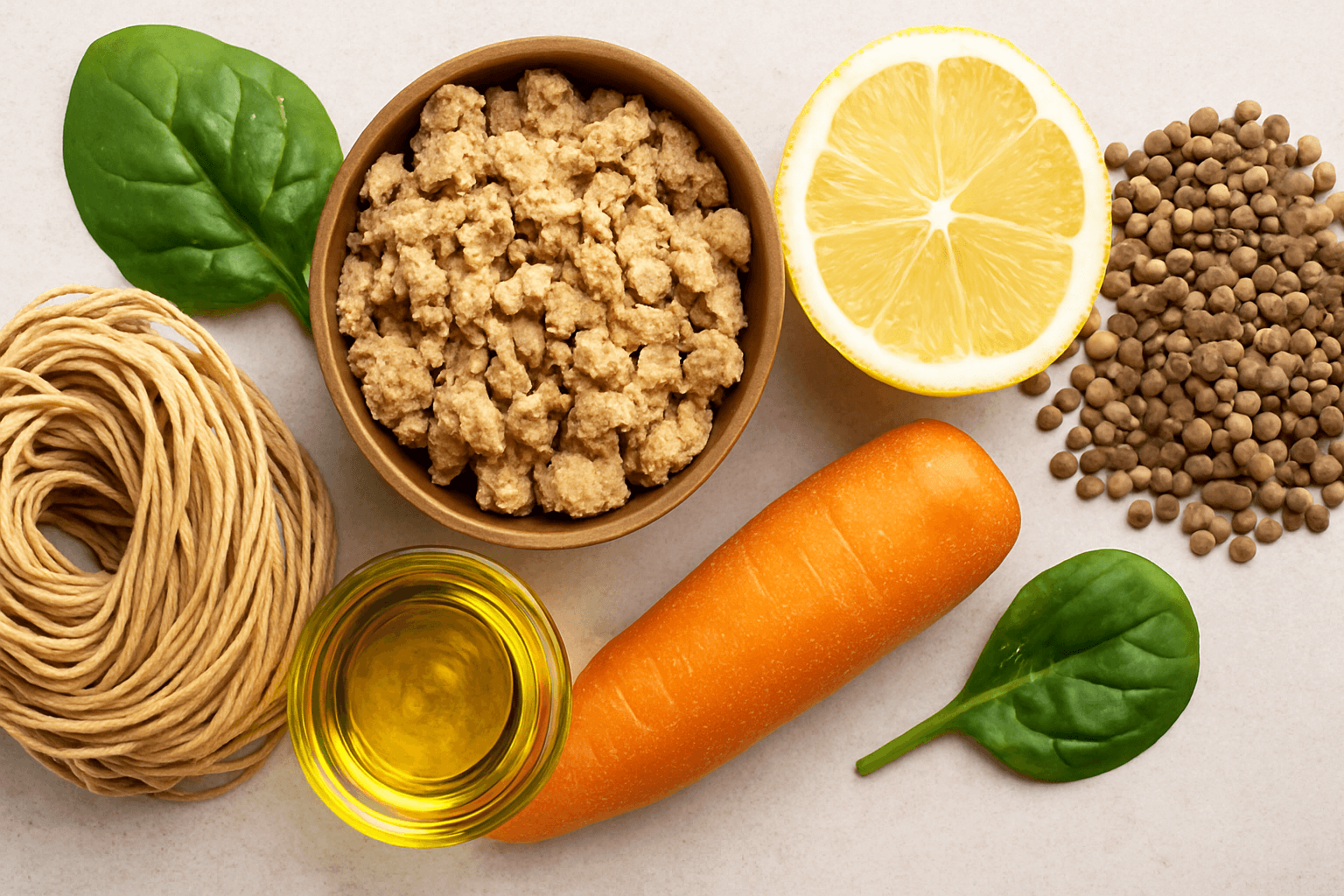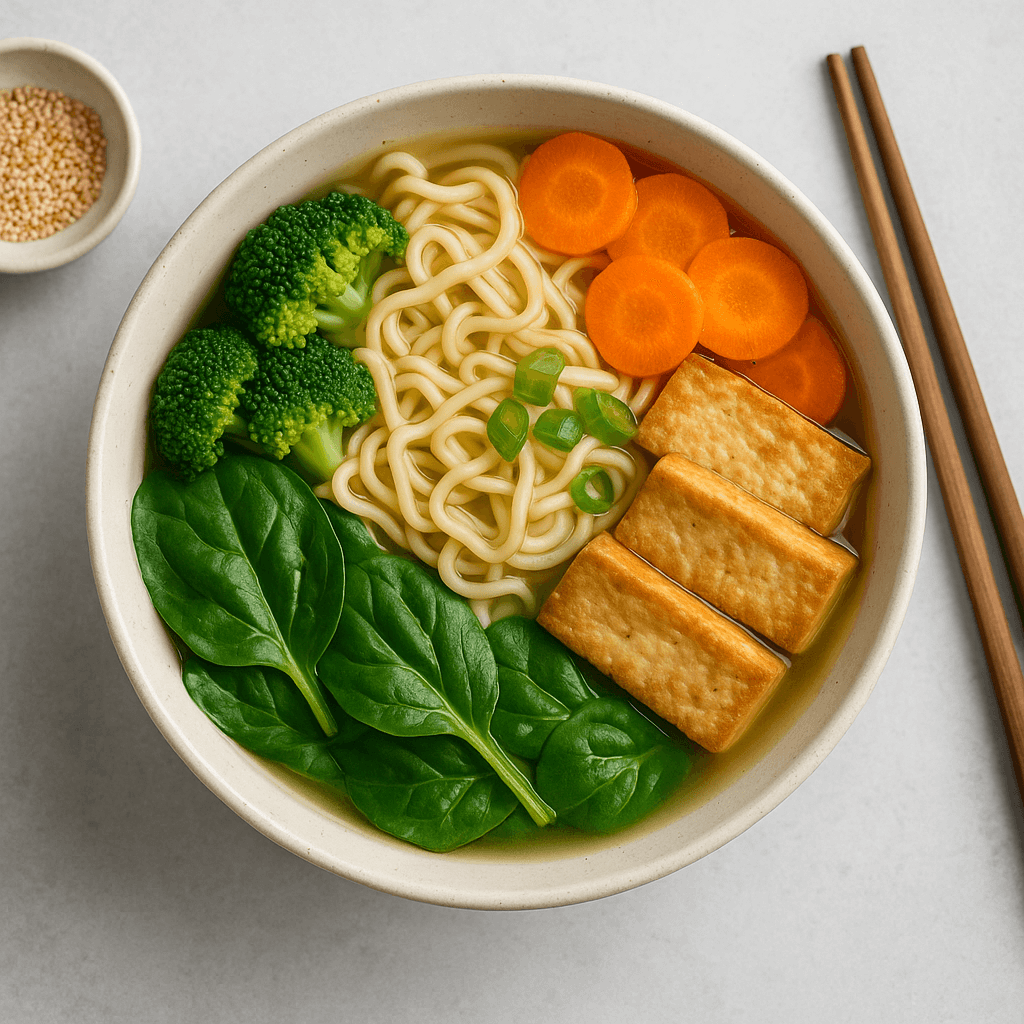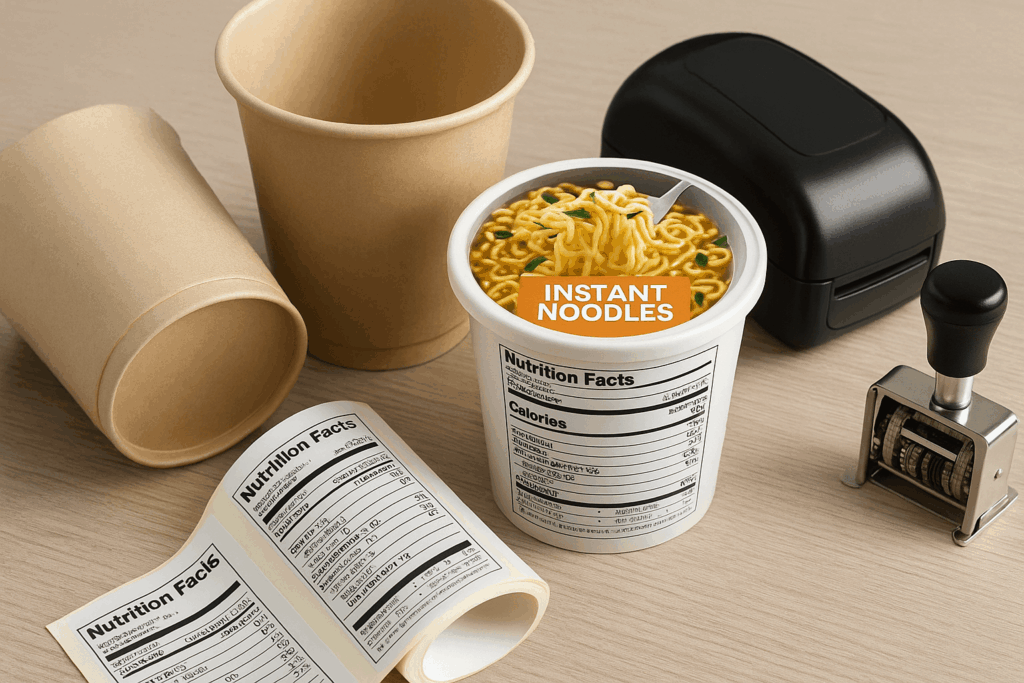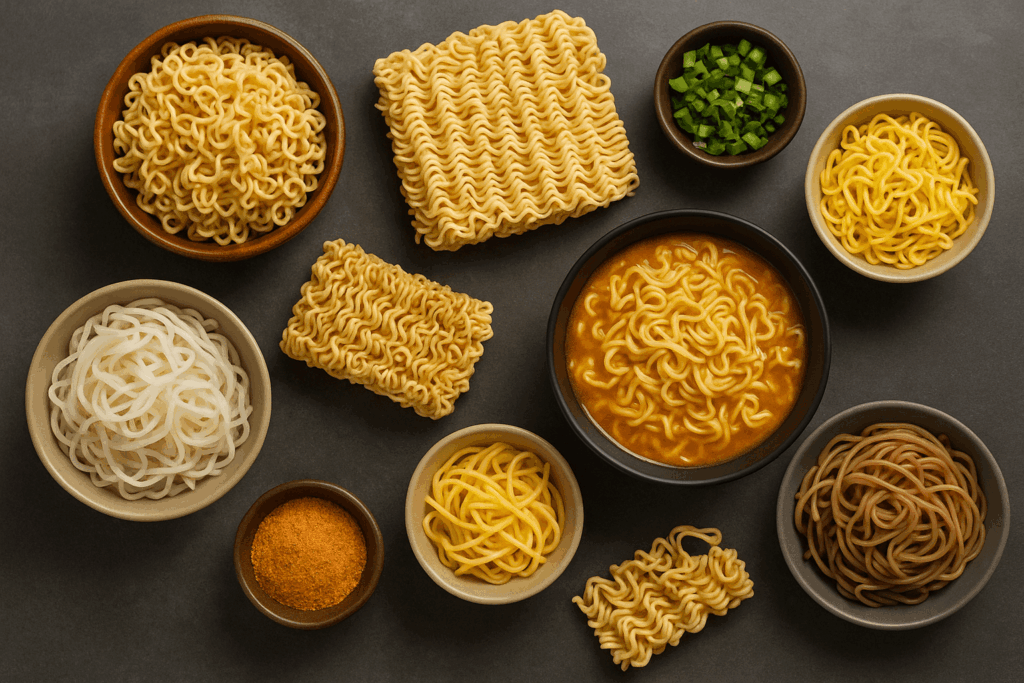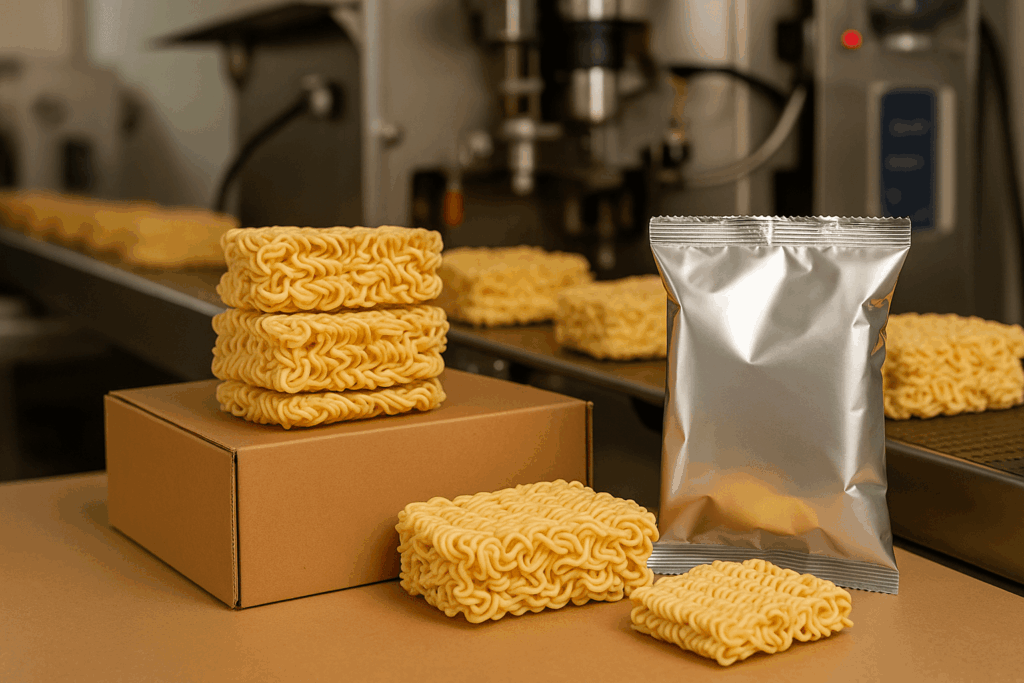As consumers become more ingredient-conscious, the demand for clean label instant meals is reshaping the food industry. But “clean label” isn’t just a trendy phrase — it’s a growing standard retailers and buyers expect from every new product on the shelf.
At Kimdee, we help private label brands create clean label instant noodles that meet global export standards and appeal to modern, health-aware customers.
Here’s what really counts — and what doesn’t — when building a clean label food product.
✅ 1. What Is a Clean Label Product?
A “clean label” product typically means:
Made with recognizable ingredients
Free from artificial additives (colors, preservatives, sweeteners, MSG)
Transparent labeling that consumers can easily understand
There’s no global certification for “clean label” — but the expectations are clear:
Short ingredient list
No E-numbers or synthetic additives
Whole, minimally processed components
👉 Explore how Kimdee builds clean label instant noodle products
✅ 2. What Ingredients Disqualify a Product?
To maintain clean-label credibility, avoid:
Artificial preservatives (e.g., sodium benzoate, BHA)
Flavor enhancers like MSG
Synthetic colors (e.g., Red 40, Yellow 5)
Unfamiliar chemical-sounding names
📦 At Kimdee, we replace these with natural alternatives:
Sea salt and herbs instead of flavor enhancers
Citric acid or natural acids for preservation
Natural dehydrated vegetables and plant extracts for color
✅ 3. What Does Count Toward Clean Label?
Clean label foods typically include:
| Ingredient Type | Examples |
|---|---|
| Whole grains | Brown rice, whole wheat, oats |
| Plant-based proteins | Soy, lentils, textured vegetable protein (TVP) |
| Natural flavors | Mushroom, kelp, kombu, herbs |
| Natural sweeteners (if any) | Stevia, coconut sugar, fruit puree |
| Clean oils | Sunflower, olive, canola (non-hydrogenated) |
We help clients design formulas that meet these clean label expectations while keeping flavor and shelf life intact.
✅ 4. Why Retailers and Buyers Demand Clean Label
Clean label foods:
Sell faster in health-conscious segments
Qualify for export to stricter markets (EU, UAE)
Strengthen brand trust with minimal marketing effort
Enable pricing premium in wellness-oriented stores
📈 Many buyers now require clean label compliance before listing a product — especially for private label imports.
✅ 5. How Kimdee Helps Build Clean Label Instant Meals
We support:
Custom formulation (no MSG, low sodium, no artificial additives)
Clean label packaging and transparency
EU, US, and Middle East regulatory compliance
Low MOQ for product testing and quick launch
Whether it’s noodles, soups, or ready meals, we help you go to market with clean, compliant, and competitive products.
📩 Ready to develop a clean label food product?
Contact us at carlng@kimdeefoods.com
🔗 Start your clean label project
❓ Frequently Asked Questions (FAQ)
Q1: Is “clean label” a certification?
A: No, it’s a consumer-driven standard — but compliance with clean label principles is increasingly expected by retailers and buyers.
Q2: Can I still use preservatives in a clean label product?
A: Yes, but only natural preservatives like citric acid or vinegar extract. Synthetic ones like BHA/BHT are avoided.
Q3: How fast can I develop a clean label instant noodle with Kimdee?
A: Most projects launch within 45–60 days, from concept to delivery.


